The Mango Guide to India: 8 Places Famous for Mangoes
India is home to multitudes of mango varieties, used in making delicious desserts, drinks, and pickles. Check out the top eight most popular and delectable varieties, found in select areas of India.
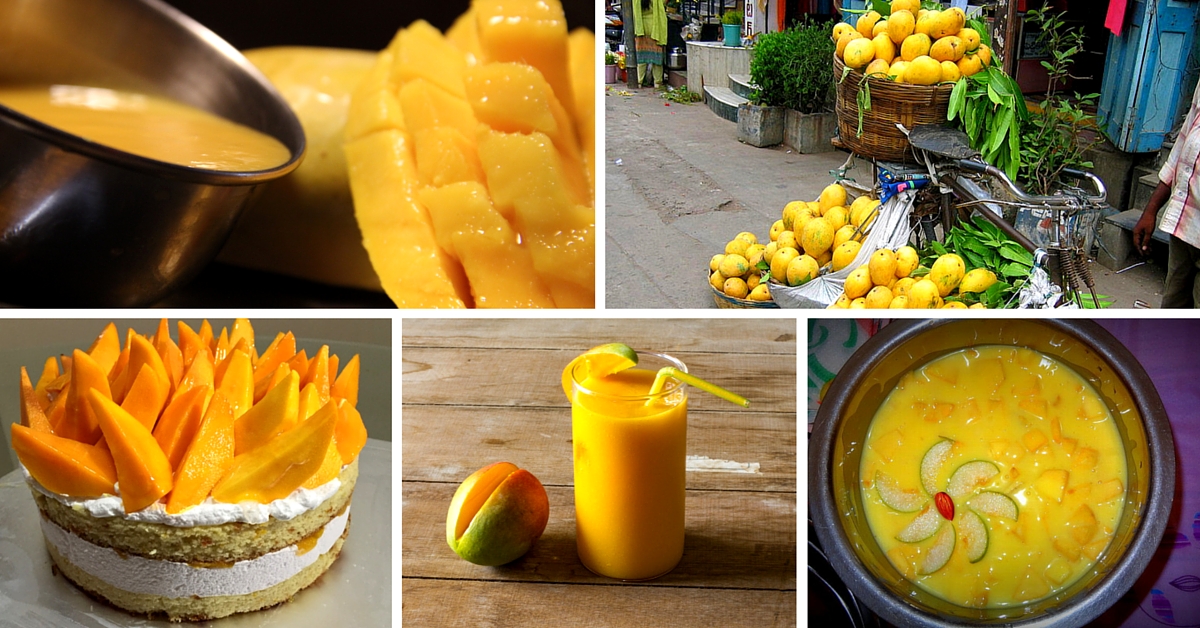
India is home to multitudes of mango varieties, used in making delicious desserts, drinks, and pickles. Check out the top eight most popular and delectable varieties, found in select areas of India.
Summer’s here! And with it comes the refreshing, delicious season of mangoes. India, a tropical paradise for fruits, is home to more than 50 varieties of mangoes cultivated in different states across the country. Here’s a roundup of the popular top 8 varieties and where you can find them:
Chaunsa in Himachal Pradesh
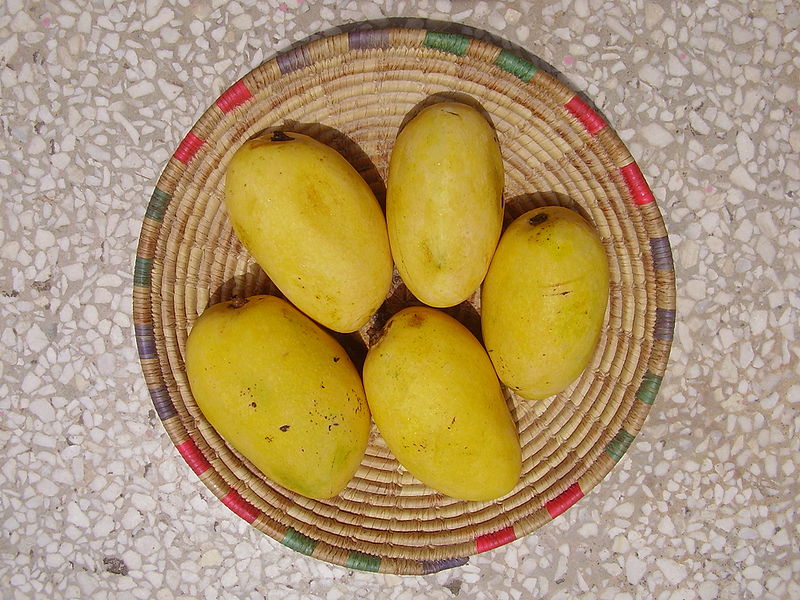
The emperor Sher Shah Suri introduced this variety of mango to the Northern lands of India from Pakistan during his reign in the 1500s. The name came about when he was celebrating his victory over Humayun in Chausa in present-day Bihar. Cultivated in north India, this sweet, juicy variety is available during July and August. It is characterised by a uniformly yellow-golden colour. It is used to make mango juice pulp.
Dasheri in Uttar Pradesh
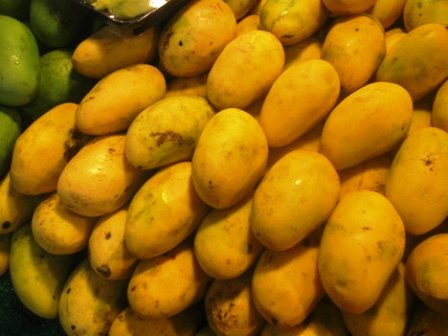
A variety also called Malihabadi, for the town in Lucknow where it is mainly produced, the Dasheri mango variety was first cultivated in the garden of a Nawab in Lucknow about 200 years back. Sweet with a strong aroma, it is fibreless, and has a long, perfect shape. It is bright yellow in colour, and is used for making chutney and aam ras.
Langra from Uttar Pradesh

Banarasi Langra is a famous mango variety cultivated in Varanasi. According to a legend, it was first cultivated in the farmlands of a ‘lame’ man, which is why the name langra. Oval-shaped, it is green in colour even when it is ripe. Available from July to August, it is a fibrous variety that is exported across the country and the world.
Kesar from Gujarat
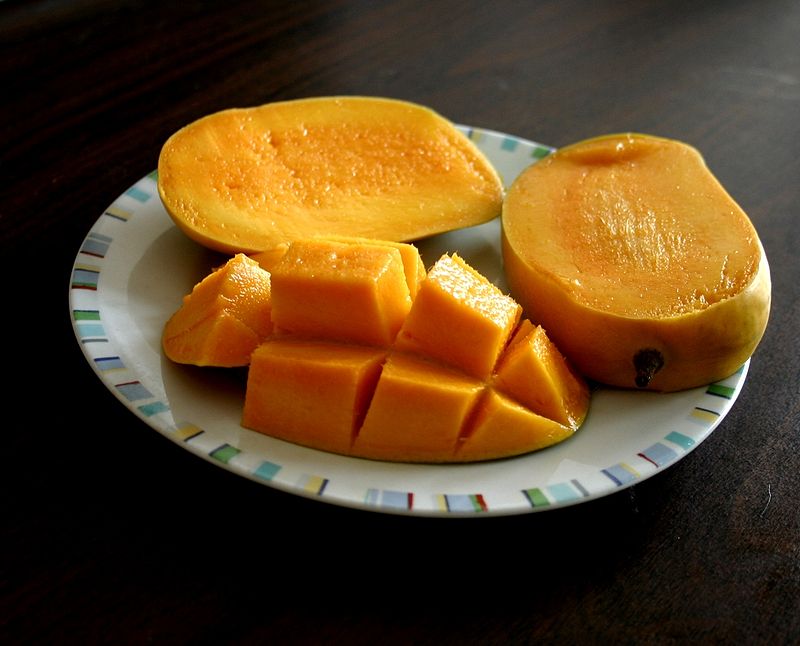
Aamras! That’s the one thing this variety of mango is famous for. Also consumed raw, Kesar is found in the foothills of Girnar mountains. Cultivated for consumption between April and July, it gets its name owing to its bright orange colour. It was first cultivated by nawabs of Junagarh in 1931, and was given the name in 1934. It’s also one of the most expensive varieties.
Also Read: Soup ‘em, Spice ‘em, Sprout ‘em! 10 Must-Try Lentil Dishes from Across India
Himsagar from West Bengal
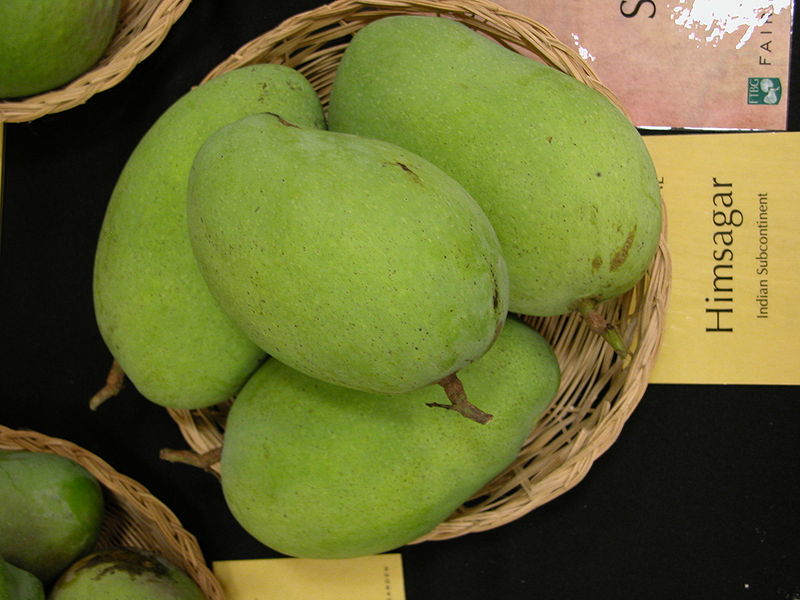
Characterised by a sweet aroma, this fibreless variety is medium-sized, greenish in colour, with yellow pulp. It is available only during the month of June. Cultivated in Nadia, Murshidabad, Maldah and Hooghly, it is also found in Odisha and in Bihar as Maldahi. Its creamy flesh makes it great for juice and dessert dishes.
Alphonso from Maharashtra
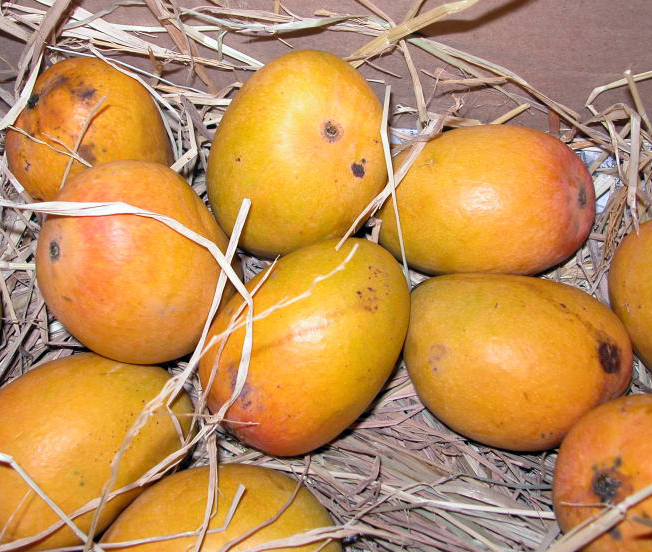
Nicknamed the King of Mangoes and Hapoo, this sweet juicy mango is the most popular and widely available variety all over India and the world. It is rich in flavour, and has a creamy pulp in its centre. Described as a golden-yellow, you can identify it with by finding a tinge of red on the top of the fruit. It is found mostly in Maharashtra, Karnataka and Gujarat, available between May and June. This one is famously used for making mango sorbet and lassi.
Banganapalli from Andhra Pradesh

Available from April to June, this variety comes from the town of Banganapalle, about 285 kilometres south of Hyderabad. It is peculiar because of its shape – oblique and oval. Yellow in colour, it has a thin skin which is also edible. Large, weighing about 300-400 grams, these mangoes are largely used for making preservatives.
Totapuri from Karnataka

It’s known for not being too sweet, and has many names: Bangalora, Collector, Kallamai, Kili Mooku, Gilli, Mukku, Sandersha, and Thevadiyamuthi. It gets its name from its shape, which is like a parrot’s beak. When ripe, it is greenish in colour, with tinges of red. It is also popular for being the parent variety to Anderson and Brooks cultivars, when it was exported to Florida in 1901. It makes great pickles, salads and mango juice drinks.
Also Read: 5 Interesting Facts About the Ayurvedic Diet That You Probably Didn’t Know
All images: Wikimedia Commons
Like this story? Or have something to share? Write to us: [email protected], or connect with us on Facebook and Twitter (@thebetterindia).
If you found our stories insightful, informative, or even just enjoyable, we invite you to consider making a voluntary payment to support the work we do at The Better India. Your contribution helps us continue producing quality content that educates, inspires, and drives positive change.
Choose one of the payment options below for your contribution-
By paying for the stories you value, you directly contribute to sustaining our efforts focused on making a difference in the world. Together, let’s ensure that impactful stories continue to be told and shared, enriching lives and communities alike.
Thank you for your support. Here are some frequently asked questions you might find helpful to know why you are contributing?


This story made me
-
97
-
121
-
89
-
167













